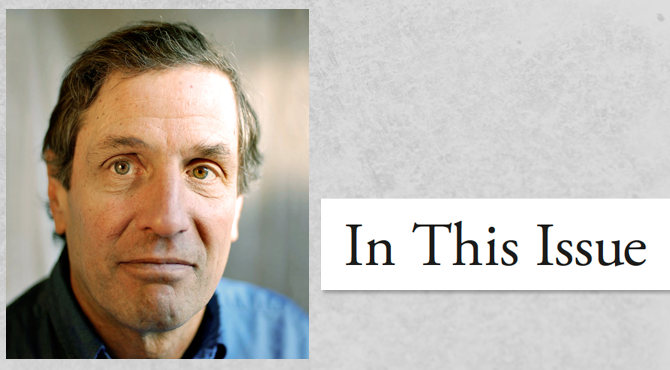
Don Cohen, Managing Editor
In the interview in this issue of ASK, Jill Prince estimates that 90 percent of the knowledge she needs as an aerospace engineer comes from work experience—her own and that of mentors and other colleagues. Most professionals would probably agree that experience is the best teacher. Several other articles here illustrate the importance of learning by doing.
For instance, Russel Rhodes’s “Explosive Lessons in Hydrogen Safety” recounts how it took time and some dramatic accidents to show technicians just how treacherous liquid hydrogen can be and what they needed to do to handle it safely. Haley Stephenson describes knowledge about the effect of microgravity on the human body that could only be learned from experience; no amount of theorizing could have discovered it. And the Pathfinder team put a rover on the surface of Mars for a surprisingly small amount of money (“Mars on a Budget”) by drawing on the experience of veterans of the Viking mission as well as private industry, other government agencies, and international partners. They knew they lacked the time and money to develop the needed technologies from scratch; the only way to succeed was to benefit from others’ hard-earned knowledge. The Department of Defense’s parachute know-how and Volvo’s airbag expertise were essential to Pathfinder’s successful entry, descent, and landing.
Pathfinder offers examples of experiential learning applied to new situations. “Applied Knowledge” does the same. The NASA team that aided Chile’s mine rescue effort contributed knowledge about the psychology of confinement developed through decades of spaceflight experience and procedures for safely re-nourishing starving people derived from the tragic mis-feeding of prisoners of war and concentration camp internees.
The mine rescue article also shows expertise is most effectively communicated when those who have it go where it is needed and are in direct contact with the people who need it. In “Jamming with the Institute for Healthcare Improvement,” Katrina Pugh and Jo Ann Endo describe a formal procedure for transferring experiential knowledge from one group to another based on similar principles.
Matthew Kohut’s “Lessons from the National Ignition Facility” shows what can happen when a project is so large and complex that no one has sufficient relevant experience to understand its requirements. The Department of Energy team needed to get well into work on a new, uniquely powerful laser facility before they realized that the scope of the project demanded a new management structure and new work processes.
One of the lessons of experience is that it may be necessary to ignore some of what experience teaches—for instance, standard procedures and conventional wisdom—to come up with a technology or work process that is new and better. In his “From the Academy Director” column, Ed Hoffman acknowledges the value of veterans sharing their hard-won wisdom with younger colleagues while insisting on the importance of leaving them free to make their own mistakes on the way to innovations the older generation never thought of. On a related note, Hoffman’s “The Innovation Paradox” says that experience shows that too much organizational attention—even attention meant to be supportive—can stifle new ideas. Organizations that value innovation need to find the right balance of laissez-faire distance and support, of respect for and dissatisfaction with the knowledge that experience has so far revealed.
More Articles by Don Cohen
- Applied Knowledge: NASA Aids the Chilean Rescue Effort (ASK 41)
- Interview with Jill Prince (ASK 41)
- In This Issue (ASK 40)
- In This Issue (ASK 39)
- Interview with Robert Braun (ASK 39)
- + View More Articles






